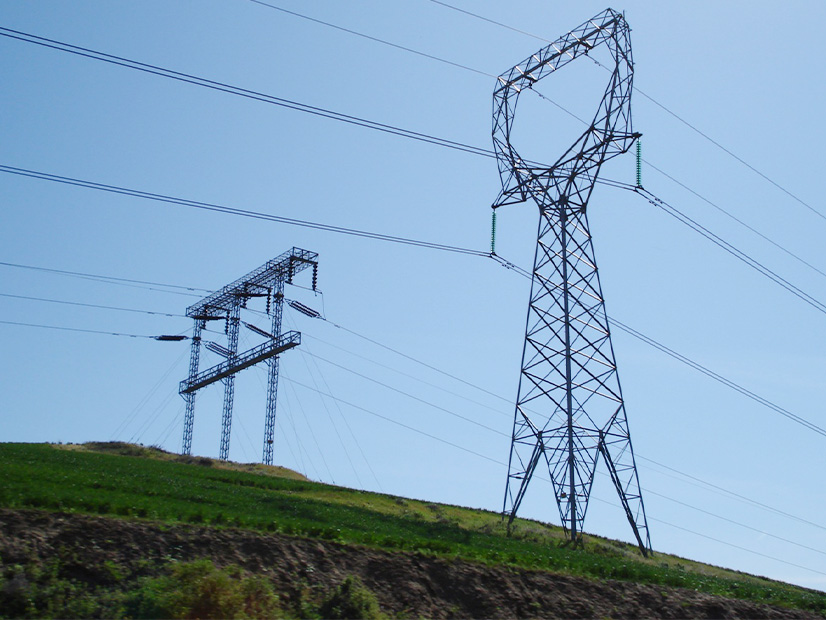
FERC has approved a new reliability standard intended to prevent conflict between registered entities’ protective relay settings and grid operators’ ability to protect reliability, nearly a year after NERC’s Board of Trustees approved the standard.
NERC’s board adopted the standard, which was developed as part of Project 2021-05 (Modifications to PRC-023), at its meeting in Tucson, Ariz., last February. (See “New Standards Sent to FERC,” NERC Board of Trustees/MRC Briefs: Feb. 15-16, 2023.) The commission gave its assent to PRC-023-6 (Transmission relay loadability) Jan. 25 in a delegated letter order (RD23-5).
As explained in NERC’s petition for approval, the new standard is intended to retire “redundant and unnecessary language that has contributed to confusion regarding” the applicability of previous versions of the standard to power swing blocking (PSB) relays. PSB, also called out-of-step blocking, is installed in long-distance transmission relays to prevent tripping during stable power swings.
Project 2021-05 was initiated after stakeholders expressed concerns that the standard “could lead to increased reliability risk by entities limiting or disabling their [PSB] elements.” The specific issue, according to NERC, was requirement R2, which mandated that transmission owners, generator owners and distribution providers set their PSB elements “to allow tripping of phase protective relays for faults that occur during the loading conditions used to verify transmission line relay loadability.”
NERC told FERC in its petition that the team for Project 2021-05 determined that this requirement is redundant because R1 addresses the same “fault condition” as R2 and “requires the same entity response.” R1 provides a set of criteria for entities to use to “prevent [their] phase protective relay settings from limiting transmission system loadability … for all fault conditions.”
The team observed that noting a specific fault condition, as R2 does, is unnecessary because R1 already covers all conditions. In addition, R2 “does not support directly the purpose of the … standard,” which mandates that protective relay settings not interfere with “operators’ ability to … protect system reliability and [shall] be set to reliably detect all fault conditions and protect the electrical network from these faults.”
NERC’s petition also noted that PRC-027-1 (Coordination of protection systems for performance during faults) “addresses the same reliability concern as … R2 in a much clearer and more comprehensive fashion.” That standard requires entities to coordinate their protection systems to ensure they operate in the intended sequence when faults occur.
The ERO said that in the event that a PSB relay did not allow tripping, “an unintended sequence of tripping” could result in other relays tripping through backup protection systems.” This would mean the coordination was not designed properly, a violation of PRC-027-1. NERC considered this further evidence that the older standard’s requirement was unnecessary, because an entity could still be audited for the PSB failing to trip.
In approving the standard, FERC noted it received no comments, protests or motions to intervene when the ERO’s petition was published in the Federal Register. The new standard will take effect on April 1, 2024, the intended effective date of PRC-023-5. The latter standard was approved in May 2021 to replace the currently effective standard PRC-023-4, but NERC asked FERC in its petition to let the new standard supersede it.


